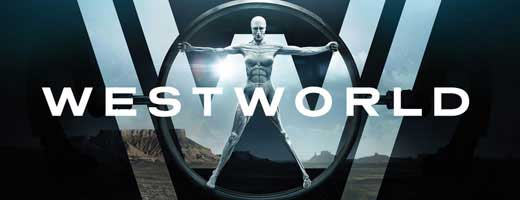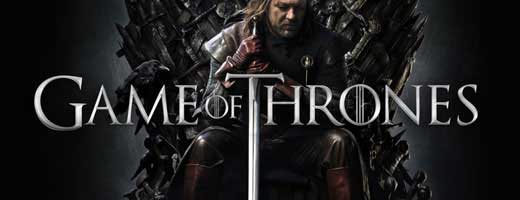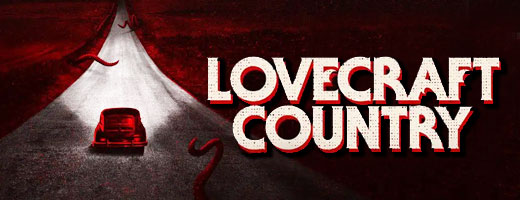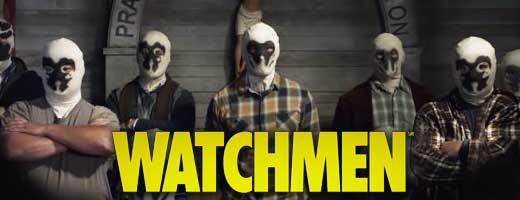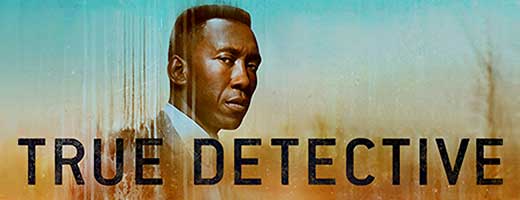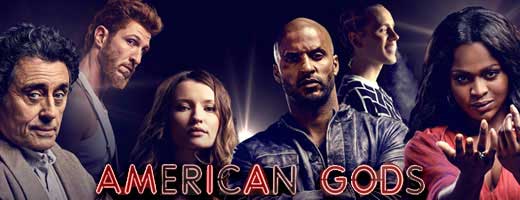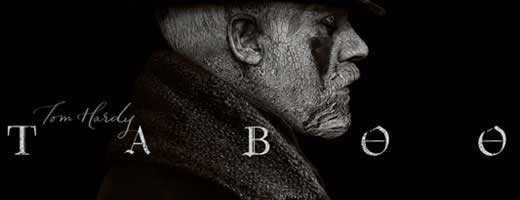Hoods, Paintings and Dr. Manhattan

Have a Theory? Share It Now!
It is super early here in Houston, TX, so excuse any typos, but I wanted to send a quick email about last night’s episode. I am watching this in real time with students to discuss issues of authority and how deep seeded racism affects all aspects of society, so I am both preparing for a lecture, as well as preparing to join you again in discussion (which, by the way, was one of the best you’ve had across all your shows last week).
Anyhow, I think we had a lot of fan theories confirmed this week. Thinking about our conversation last week about the connection between the 7th Calvary and the KKK, I believe we can all agree that the mystery of whether they are related has been solved with Judd’s hood being found in the closet. So, I want to build on that and talk this week about the painting from which the episode’s title gets its name and that we see hanging in Judd’s house immediately following the hood reveal.
The painting’s actual name is a bit different than in the episode and is entitled, “Comanche Feats of Horsemanship.” It currently hangs in the Smithsonian American Art Museum. Painted in either 1834 or 1835 by George Catlin, the painting captures Catlin’s (a white man) experience observing the Comanche Indians alongside the American Army. Catlin writes about his experience talking specifically about the war strategy depicted here where the Comanche Indians, “drop his body upon the side of his horse at the instant he is passing, effectually screened from his enemies’ weapons as he lays in a horizontal position behind the body of his horse… In this wonderful condition, he will hang whilst his horse is at fullest speed, carrying with him his bow and his shield, and also his lance of fourteen feet in length, which we will wield on his enemy as he passes.”
Now, there are a few things here. First, there is no greater analog to the masks our vigilantes wear than the horses described above. Both the Indians and our “Watchmen” shield themselves to yield the most excess of force. The same is true of Judd and the Seventh Calvary, though. Through either masks or KKK hoods, they are shielding not just to do their bidding, but to exert the absolute violence that always accompanies racism. And it is because of their anonymity that they are able to get away with holding these views. They can’t hold them in the open, so like the real KKK, they cover their faces, obscure their identity, and the acts they commit are all the worse, for they are done in secret.
That is where the old comic line of “Who watches the watchmen” comes in. It is a reminder that if you must do it in secret, is there some wrong implied with what you are doing? We see this in our own world. Police body cams are our own solution to the lack of oversight our “Watchmen” or police force currently have over them. We judge them based on past discretion (the shootings of men of color by white cops, for example), and we demand to see what they are doing to judge for ourselves.
This combination of judging the past and reflecting on it in the future is also at the heart of the comics. Dr. Manhattan is often our gate keeper, and he does not view time the same as us mere mortals. He allows us into his mind from time to time to see the past through the present, and the present through the past, and so forth. These lenses relate to not only how we understand the world of the Watchmen, but our own world, and now the world of the show. We are seeing the past like the episode on hooded justice and the flash backs. We are seeing the present through the past through the flash sideways to Jeremy Irons’ fantastic scenes, and I think we are to learn from this like we were meant to learn from Manhattan, which is why Manhattan’s presence is felt throughout. The way we observe time, especially if we see it in this way, says a lot about how we process tragedy, racism, those that have hurt us or helped us. And I think this will be the key to how we view the show, how we understand it and whether or not we enjoy the message it is sending to us.
In closing, I’ll say I’m loving it, and I think the mysteries are just enough to keep us interested. And, after all, Lindeloff had that great meta moment in the hooded justice episode. He said, “If I came clean, you wouldn’t watch to the end.” I believe that’s the show runners talking to us to have patience and that it’s all going to be worth the wait.
-Ash
Subscribe Now
- Android: https://shatontv.com/watchmen-android
- Apple/iTunes: https://shatontv.com/watchmen-itunes
Help Support the Podcast
- Support with Paypal – https://shatontv.com/paypal
- Support With Venmo – https://venmo.com/ShatPodcasts
- Shop / Merchandise: https://shatontv.com/shop
- Shop Amazon With Our Affiliate Link – https://www.amazon.com/?tag=shatmovies-20
- Sponsor’s Listener Survey – https://shatontv.com/survey
- Leave an iTunes Review – https://shatontv.com/watchmen-review
- Leave a Voicemail – (914) 719-SHAT – (914) 719-7428
- Feeds & Social Media – https://shatontv.com/subscribe-and-follow/
- Listen to our Movie Podcast – http://shatthemovies.com
- Theme Song – “Game Over” – Magic In The Other
